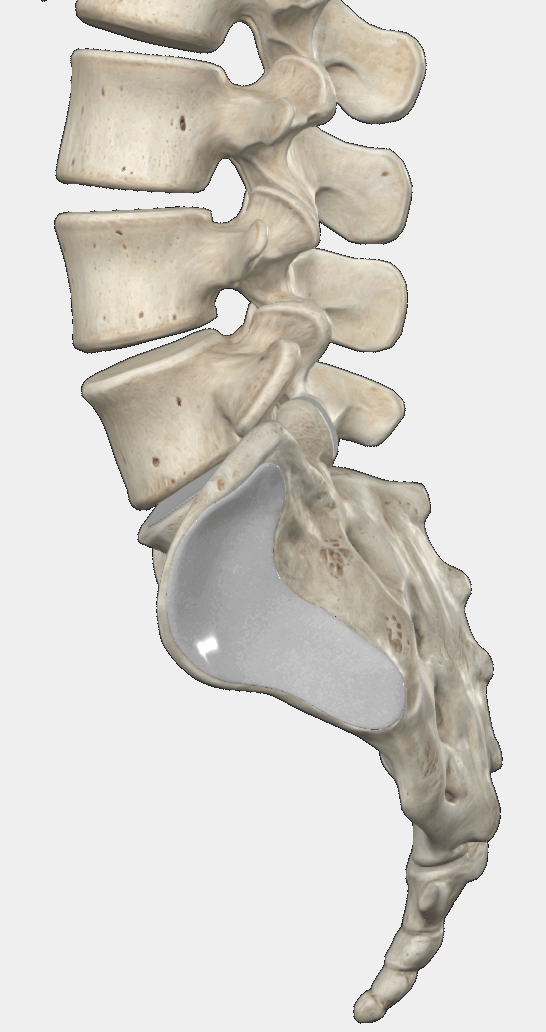The intervertebral discs function as cushions between the vertebrae in the spinal column. They consist of a tough outer fibrous layer and an inner gel-like substance. One can imagine them as small jam-filled doughnuts, just the right size to fit between the vertebrae.
As time passes, the discs age, dry out, and the cartilage becomes stiff. These changes can cause the outer layer of the disc to bulge uniformly around its circumference—similar to a hamburger patty that is too large for its bun. The bulging disc doesn’t always affect the entire circumference but at least a quarter or even half of it. In such cases, only the outer layer of the tough cartilage is involved. This is not called a herniated disc, and it may not necessarily cause any symptoms.
 A herniated disc, or spinal disc herniation, arises from a crack in the tough outer cartilage, allowing the softer inner gel-like substance to flow into the fibrous tissue. It’s as if a small area—albeit a significant one—of the hamburger patty bulges out from between the buns. This is a consequence of the same instability mentioned earlier (see general section). Due to micro-instability in the spine, the disc becomes overloaded, and it bulges out at its weakest point. Symptoms depend on what the bulging disc is pressing against. A herniated disc can be completely symptom-free, cause pain in the disc itself (discogenic pain), or compress nerve roots (radicular pain). However, it’s crucial to note that the presence of a herniated disc on an MRI does not necessarily mean it is the cause of back or neck pain. Many people have MRI findings of disc herniation or even ruptured discs without experiencing any back pain. 6 Therefore, it’s essential to have a thorough examination to obtain an accurate diagnosis. Without an accurate diagnosis, effective therapy is challenging.
A herniated disc, or spinal disc herniation, arises from a crack in the tough outer cartilage, allowing the softer inner gel-like substance to flow into the fibrous tissue. It’s as if a small area—albeit a significant one—of the hamburger patty bulges out from between the buns. This is a consequence of the same instability mentioned earlier (see general section). Due to micro-instability in the spine, the disc becomes overloaded, and it bulges out at its weakest point. Symptoms depend on what the bulging disc is pressing against. A herniated disc can be completely symptom-free, cause pain in the disc itself (discogenic pain), or compress nerve roots (radicular pain). However, it’s crucial to note that the presence of a herniated disc on an MRI does not necessarily mean it is the cause of back or neck pain. Many people have MRI findings of disc herniation or even ruptured discs without experiencing any back pain. 6 Therefore, it’s essential to have a thorough examination to obtain an accurate diagnosis. Without an accurate diagnosis, effective therapy is challenging.
Source:
6. M C Jensen, M N Brant-Zawadzki, N Obuchowski, M T Modic, D Malkasian JSR. Magnetic Resonance Imaging of the Lumbar Spine in People Without Back Pain. N Engl J Med. 1994 Jul;331(2):69–73.


